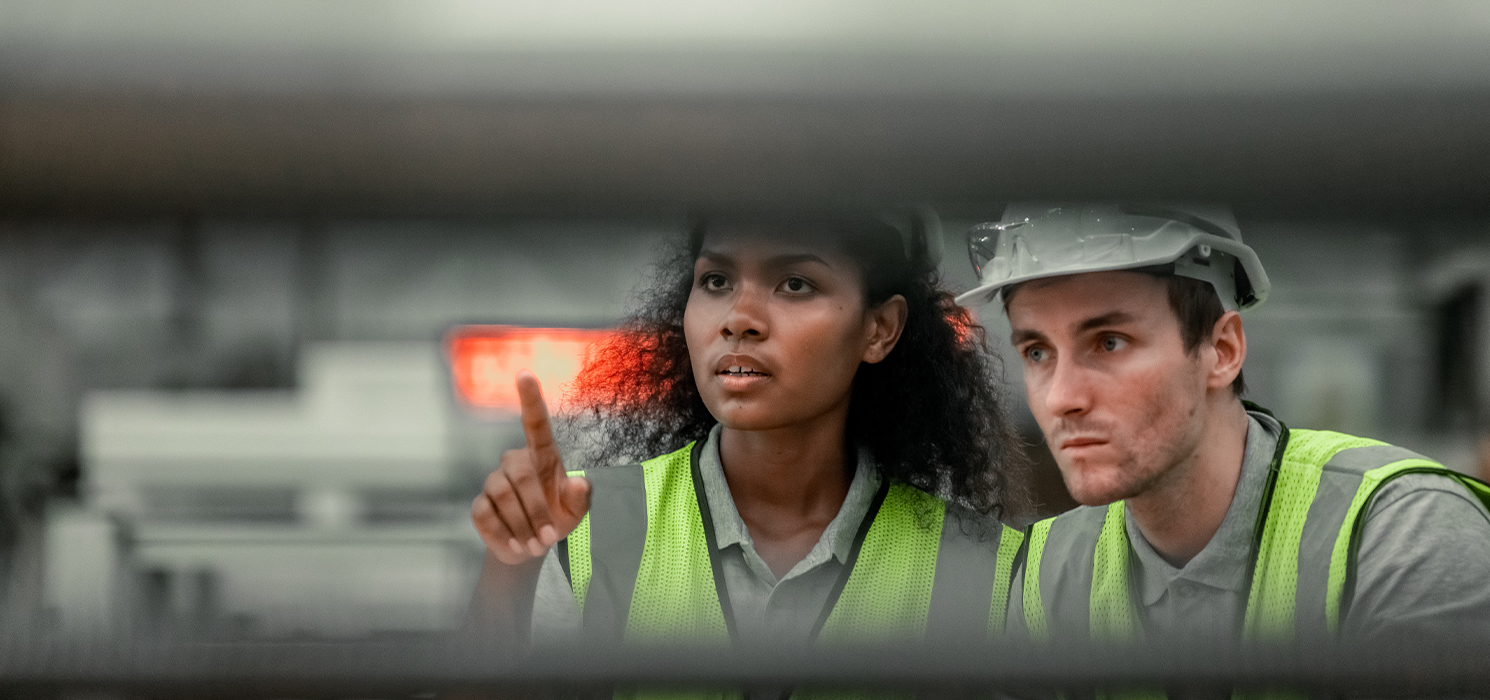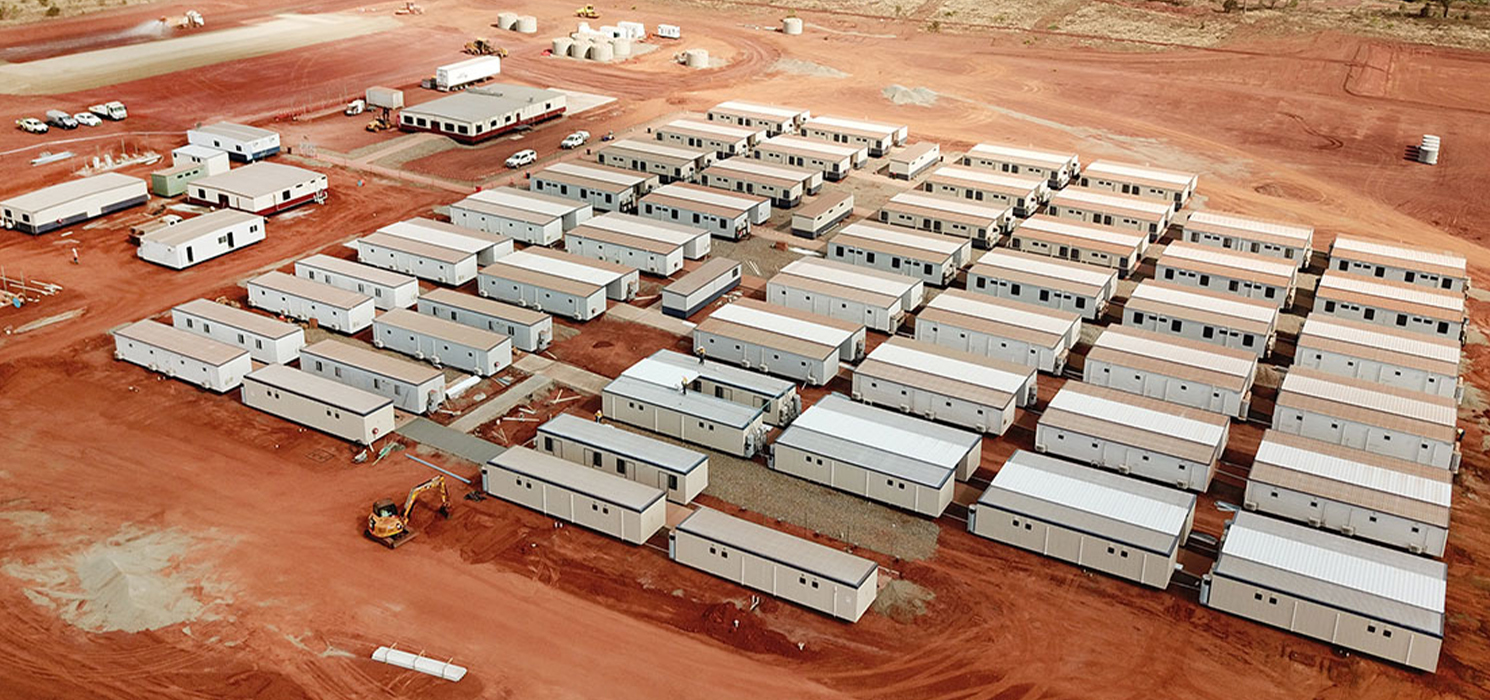International Women’s Day is a time to reflect on the progress made toward gender equality and to address the challenges that still exist.
Workforce Accommodation poses unique challenges. Worksites operate as complex micro-cities located in remote areas, often in adverse environmental conditions. A complete access control solution must consider not only stringent security and compliance standards but also the needs of FIFO workers and on-site residents, visitors, and staff.
International Women’s Day is a time to reflect on the progress made toward gender equality and to address the challenges that still exist. In industries such as mining, where worker accommodations present unique challenges, these reflections are particularly significant. Addressing these issues is critical to fostering inclusive and equitable workplaces.
Challenges Women Face in Mining Accommodations
Women working and residing in remote mining camps encounter numerous challenges that demand attention:
- Isolation and Vulnerability: Mining sites operate as complex micro-cities. Many worksites are located in remote areas, often in adverse environmental conditions with limited connectivity, leaving women feeling isolated and vulnerable to potential risks. Bridging these gaps requires strategic interventions.
- Inadequate Privacy: Shared accommodations and facilities frequently compromise personal boundaries, underscoring the need for spaces designed to ensure privacy without undermining functionality. Designating private, secure spaces can foster a more inclusive, productive, and equitable work culture.
- Limited Safety Measures: Poorly lit pathways and unmonitored areas represent significant safety risks. Enhancing these environments is essential to mitigating such vulnerabilities.
- Fear of Reporting: Concerns about retaliation or distrust in reporting systems often deter women from reporting harassment or security breaches. Effectively addressing this issue necessitates cultural as well as systemic change.

Emerging Trends in Addressing Safety Concerns
Workforce accommodation poses unique challenges and the industry is witnessing a growing recognition of the importance of addressing safety concerns for women. Several trends are shaping how organisations are approaching these challenges:
1. Adoption of Advanced Access Solutions
Access solutions are being increasingly utilised to enhance safety in workforce accommodations. These technologies offer:
- Controlled Access: Unauthorised access remains a significant security challenge for many organisations. Keyless access control solutions like mobile and smart credentials, offer a safer and more reliable way to manage entry. By eliminating the risks associated with lost or stolen keys, these digital credentials allow instant access management—permissions can be updated or revoked in real-time. For example, solutions like those from Salto enable organisations to strengthen security while providing a seamless, user-friendly experience, providing solutions to build more secure facilities and respond to alerts from anywhere. As businesses continue to prioritise safety, adopting digital access control can be a crucial step toward a more secure environment.
- Real-Time Monitoring: Advanced systems provide real-time data on entries and exits, enabling swift responses to unusual activity and improving transparency.
- Audit Trails for Accountability: Comprehensive access logs ensure transparency and accountability among workers by providing a clear record of who accessed which areas and when. This not only aids in incident investigations but also fosters a culture of responsibility.
- Customisable Permissions: Time-based access restrictions and individualised credentials can tailor security to meet the unique needs of each site.
2. Integration of Comprehensive Security Systems
Organisations are moving toward integrated solutions that combine multiple technologies for a more holistic approach to safety:
- Surveillance Technologies: Advanced CCTV and motion detection systems improve visibility and act as deterrents.
- Emergency Preparedness: Systems with emergency override capabilities ensure swift responses to critical situations.
- Energy Efficiency of modern power and energy systems: Optimizing building energy consumption in accommodations and buildings by connecting rooms and access control increases efficiency, reduces energy, and creates a healthy building for occupants and well-being while increasing comfort and convenience for the adapted occupants.
- Communications: From a security perspective, workforce accommodations demand more stringent protection for the safety of their workers. A door intercom system connected to access control plays a big role in heeding this demand to provide communication and access, including video and voice features to ask for help or verify the identity of the visitor visually before granting door access.
- Face Recognition: Face recognition technology is unique in improving the security of access to facilities, creating safer spaces and users’ convenience for improved safeguarding measures and flow of users within a space.
3. Strengthening Organisational Policies and Culture
Addressing safety concerns goes beyond technology. Cultural and policy changes are crucial to creating a safe and inclusive environment:
- Proactive Risk Mitigation: Effective reporting systems allow organisations to identify and address potential safety risks before they escalate into serious incidents.
- Training and Awareness Programs: Educating employees on workplace safety, respectful behaviour, and recognising harassment fosters a culture of respect and inclusion.
- Employee Engagement: Actively involving employees in identifying and addressing safety concerns helps build trust and a sense of community.

Key Takeaways: Building Safer Workplaces for Women
Creating safer worker accommodations for women requires a blend of innovation, technology, and cultural change. Keyless access, real-time monitoring, and privacy-focused solutions help mitigate risks, enhance accountability, and build trust.
Salto is at the forefront of smart access innovation, seamlessly integrating keyless entry, physical ID management, and energy management to enhance security in workforce accommodations. Our advanced solutions address the unique safety needs of women, fostering inclusive environments that benefit all workers.
A collective industry effort is essential to set new safety standards. To learn more about how Salto’s smart access solutions can transform your organisation by improving safety, accountability, and inclusivity, contact our experts today by clicking here.
Contact our team today, or follow us on LinkedIn or Instagram for the latest updates in access control technology.

